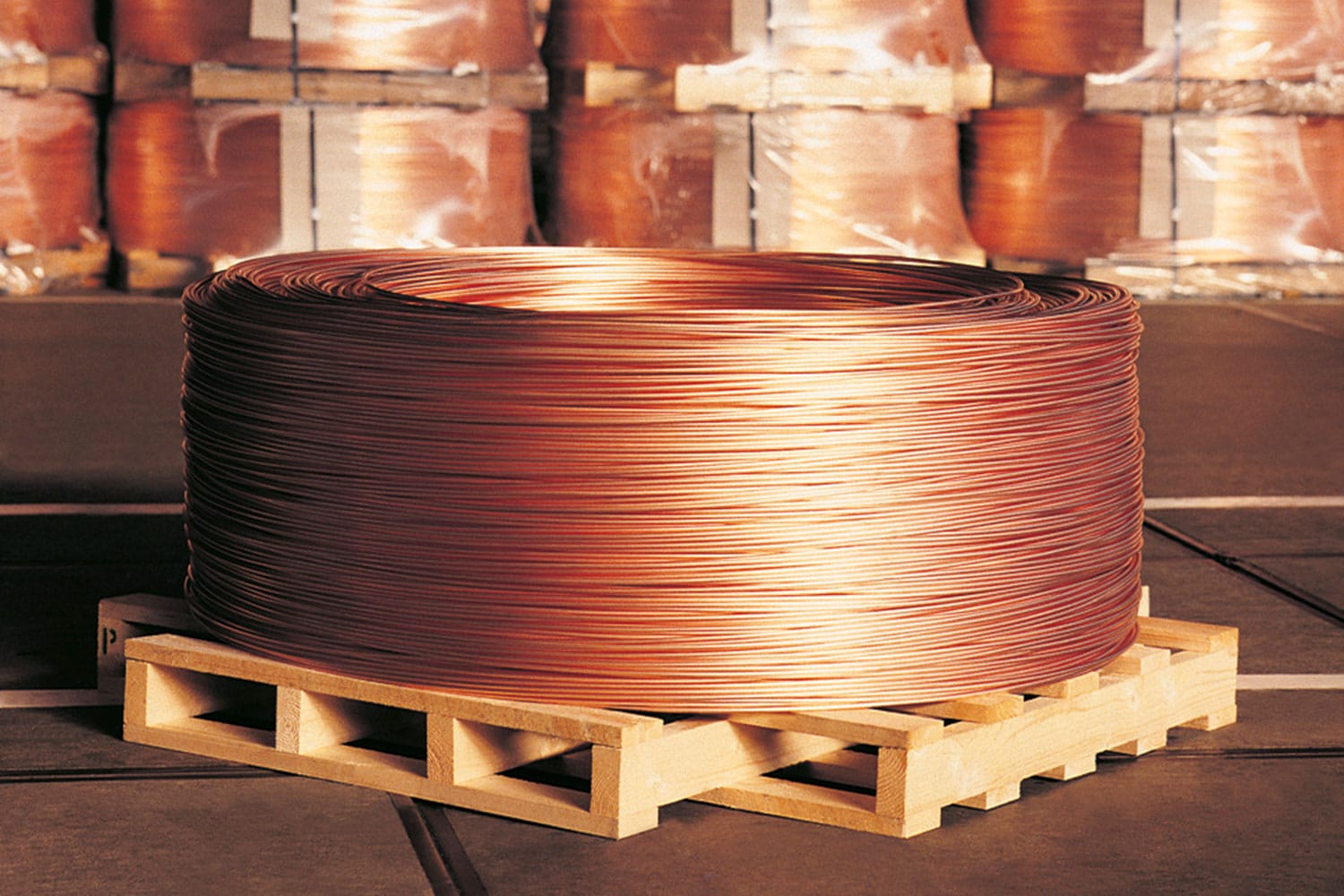From electrical and thermal conductivity to its antimicrobial properties, copper is an extremely versatile metal with a long history of making the world work better.
Copper Facts
While there are many purposes for copper’s properties in everyday life, here are some of the most noteworthy facts about copper:
- Copper is a chemical element with the symbol Cu. Atomic Number: 29. Atomic Weight: 63.546 AMU (atomic mass unit).
- Copper comes from the Latin word cuprum, meaning “from the island of Cyprus.”
- Copper is man’s oldest metal, dating back more than 10,000 years. A copper pendant discovered in what is now northern Iraq has been dated to about 8,700 B.C.
- The Egyptians had so many uses of copper that they used the ankh symbol to denote copper in their system of hieroglyphs. Copper also represented eternal life in their culture.
- The physical properties of copper are one of its most unique features. Other than gold, copper is the only metal that has natural color. Other metals are either gray or white.
- Copper can be recycled without any loss in properties, making it a logical choice in an era of global sustainability.
- Over 400 copper alloys are in use today. Brass is an alloy of copper and zinc, while bronze is an alloy of copper, tin, aluminum, silicon and beryllium.
- Copper is vital to the health of humans, animals and plants and an essential part of the human diet. Copper-rich foods include dried beans, almonds, broccoli, chocolate, garlic, soybeans, peas, whole wheat products and seafood.
- Copper maximizes the performance of the products that contain it, helping save energy, CO2, money and lives.
- Copper is a vital, positive contributor to humankind and has improved our quality of life for centuries.

Want to learn more about copper's properties and uses?
The World Copper Fact Book, prepared by our partner International Copper Study Group (ICSG), provides additional information.
Additional Resources
60 Centuries of Copper
60 Centuries of Copper is intended for those who are interested in the general history of copper mining, the development of metal-working processes, and the uses of copper through the past six thousand years. This is based on Sixty Centuries of Copper by B. Webster Smith, which was published by the UK Copper Development Association in 1965.
The History of Copper in the U.S.
The History of Copper in the U.S. covers the history of copper production and consumption throughout American history to present day.

